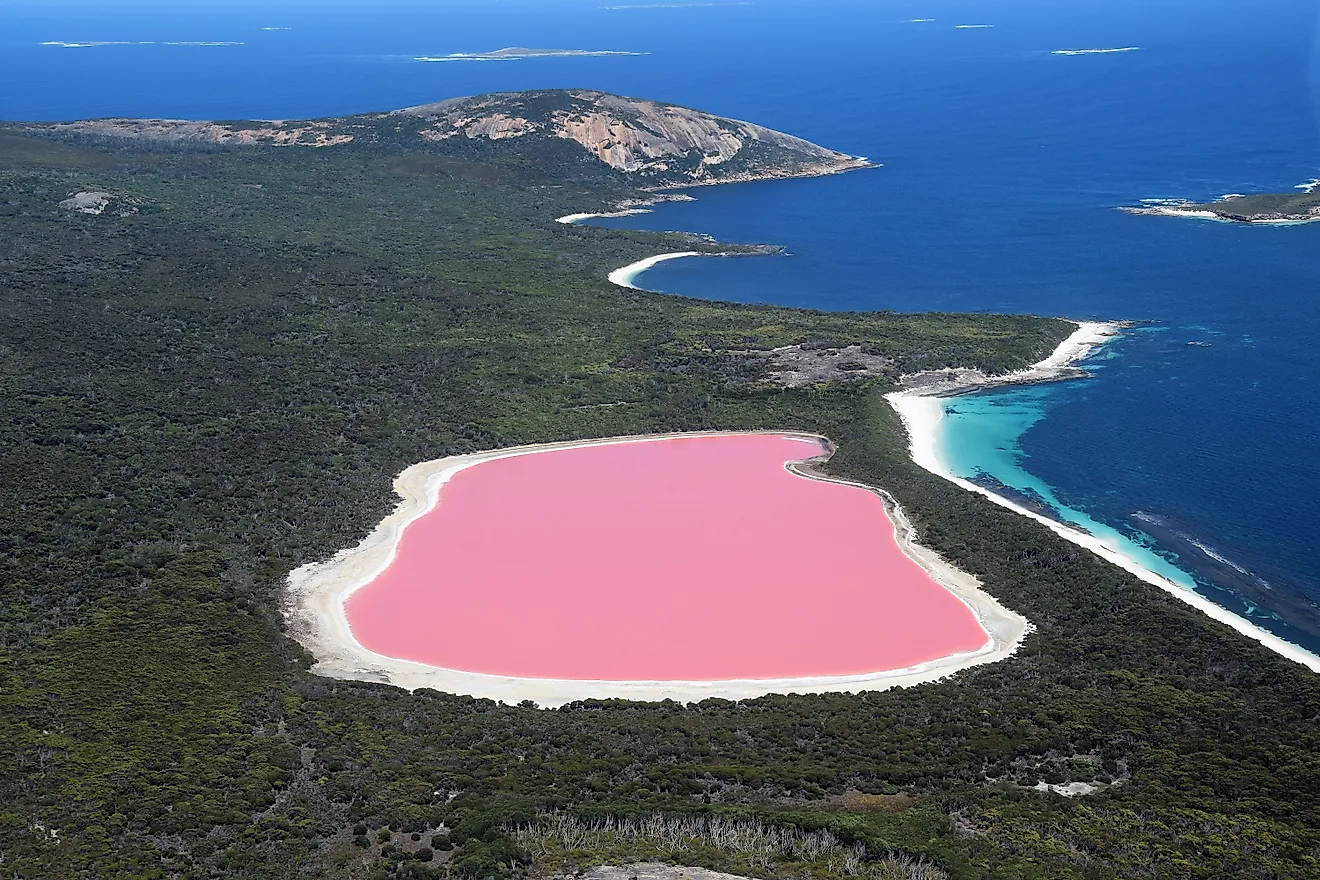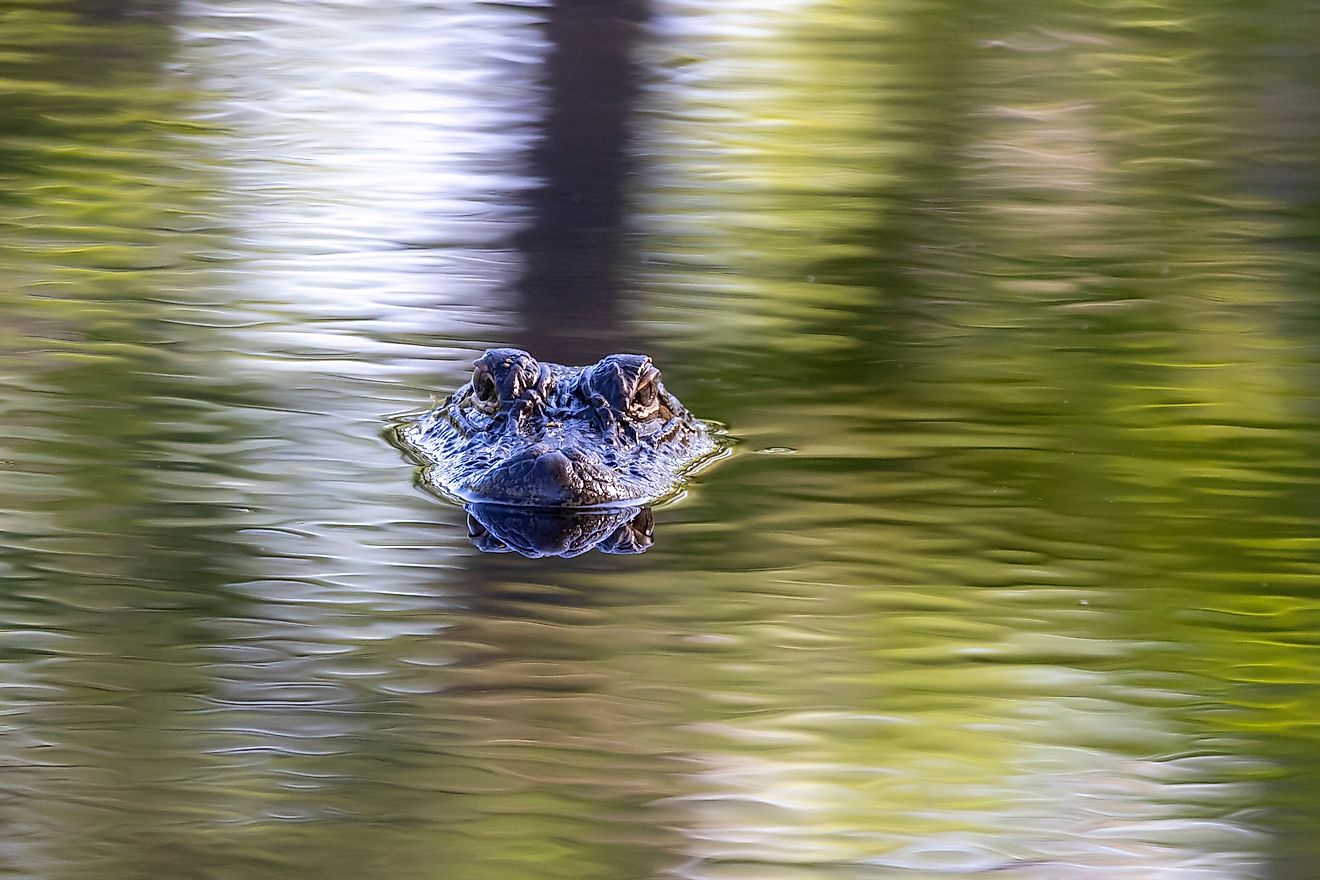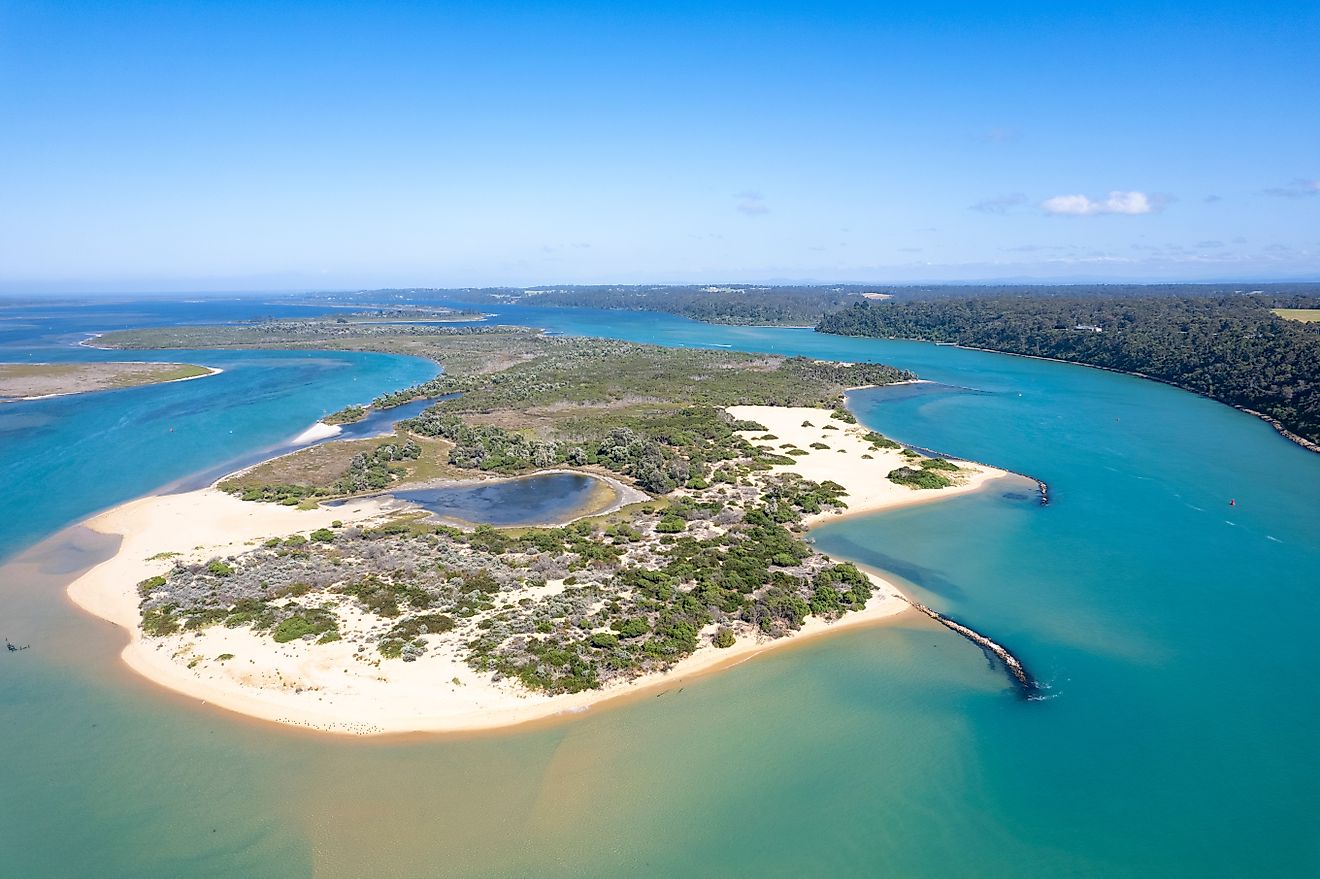
The 10 Deepest Lakes In The United States
The depth of lakes turns out to be trickier than it looks. This list uses maximum recorded depth, not size or volume, which is why a tiny Hawaiian crater lake can stand beside giants like Lake Superior and Lake Michigan. For quick reference: the deepest lake in the United States is Crater Lake in Oregon at 1,949 feet (594 m), followed by Lake Tahoe, Lake Chelan, Lake Superior, and Lake Pend Oreille.
But the story doesn't stop there. Several of the deepest American lakes are remote Alaskan basins that few people will ever see, despite their global importance for salmon, wildlife, and Indigenous cultures. Others, like Lake Michigan, are everyday backdrops for millions of people who never think about the 900+ feet beneath the waves.
The 10 Deepest Lakes in the United States
| Rank | Name | Depth (ft) |
|---|---|---|
| 1 | Crater Lake | 1,949 |
| 2 | Lake Tahoe | 1,645 |
| 3 | Lake Chelan | 1,486 |
| 4 | Lake Superior | 1,333 |
| 5 | Lake Pend Oreille | 1,150 |
| 6 | Lake Clark | 1,056 |
| 7 | Iliamna Lake | 988 |
| 8 | Lake Tustumena | 950 |
| 9 | Lake Michigan | 923 |
| 10 | Lake Kauhako | 814 |
1. Crater Lake - 1,949 ft
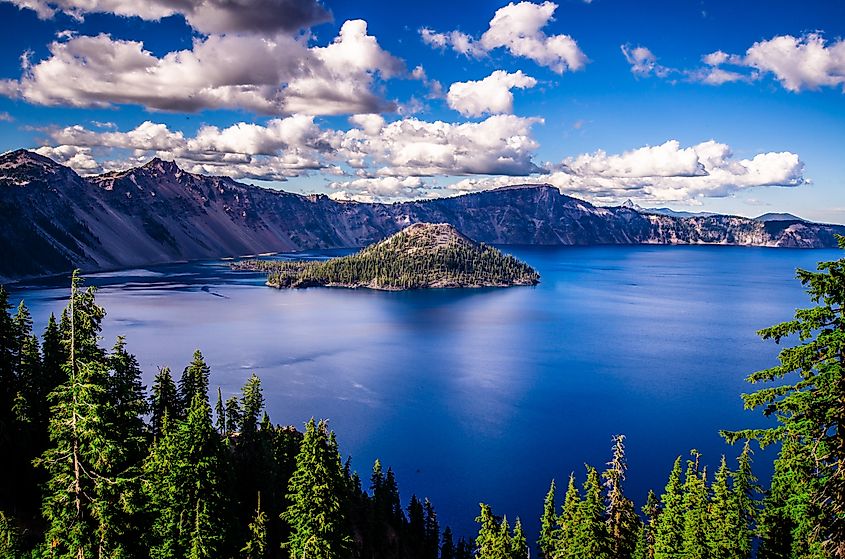
Crater Lake, in southern Oregon's Cascade Range, is the deepest lake in the United States at 1,949 feet, formed when Mount Mazama collapsed about 7,700 years ago. This flooded volcanic caldera holds only rain and snowmelt, with no rivers flowing in or out, producing famously clear, intensely blue water. Two small islands rise from its surface: cinder-cone Wizard Island and rocky Phantom Ship. Sacred to the Klamath people, who know it as Giiwas, the lake anchors Crater Lake National Park, where visitors drive the rim, hike to panoramic summits, boat to Wizard Island, and even swim in summer.
2. Lake Tahoe - 1,645 ft
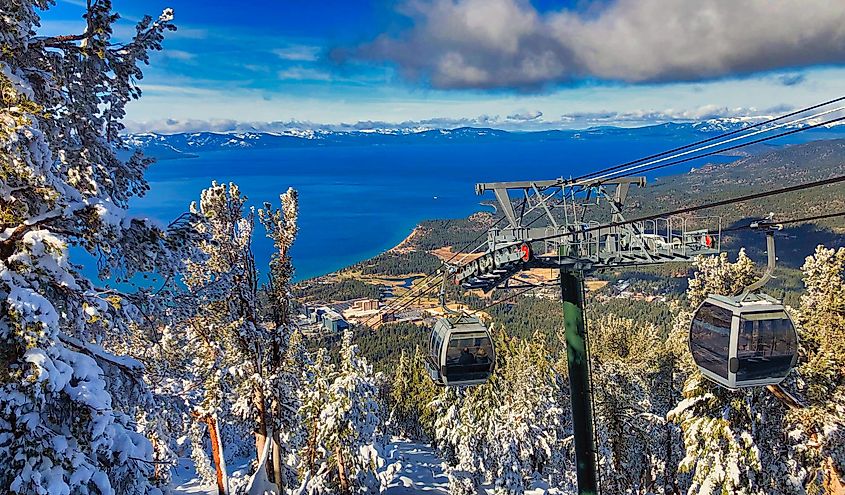
Straddling the California-Nevada border in the Sierra Nevada, Lake Tahoe is the largest alpine lake in North America and the second deepest lake in the United States, plunging to 1,645 feet (501 m). Formed by faulting and sculpted by Ice Age glaciers, Tahoe holds an immense volume of clear, cold water framed by forested peaks and granite shoreline. Fed by 63 tributaries and drained only by the Truckee River, the lake's waters renew slowly over about 650 years. Today, Tahoe is a year-round playground, famous for ski resorts, hiking and biking trails, beaches, boating, and its iconic deep-blue views.
3. Lake Chelan - 1,486 ft
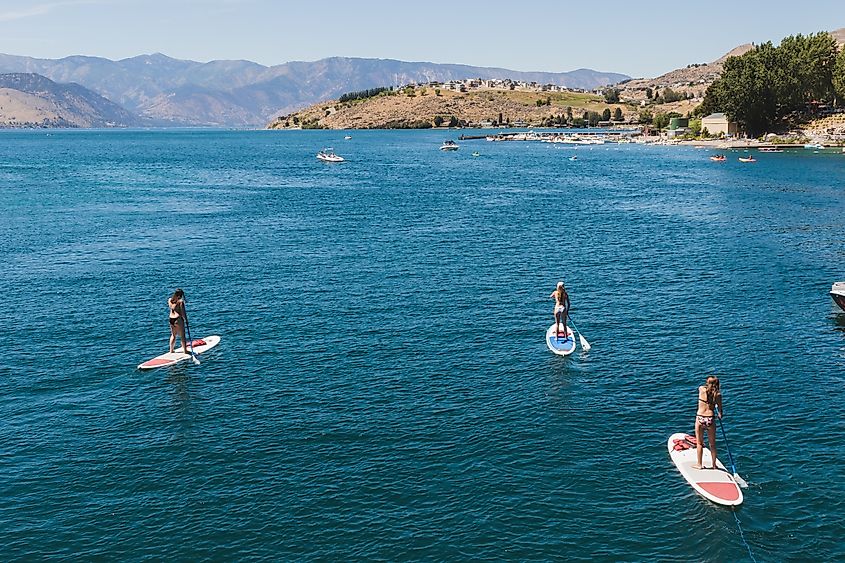
Carved by repeated Pleistocene glaciers in north-central Washington, Lake Chelan is a long, fjord-like lake and the third deepest in the United States, plunging to 1,486 feet (453 m). Its overdeepened Lucerne Basin holds most of the lake's cold, clear water, with the deepest floor lying hundreds of feet below sea level. Fed largely by the Stehekin River and Railroad Creek and dammed at its outlet, Chelan stretches 50.5 miles yet averages barely over a mile wide. The Salish name means "deep water." Remote communities like Stehekin make the lake a scenic gateway to the North Cascades National Park wilderness.
4. Lake Superior - 1,333 ft

Ranking fourth among the deepest lakes in the United States, Lake Superior combines immense depth with staggering scale. Its waters plunge to 1,333 feet (406 m), but what sets Superior apart is sheer size: it's the world's largest freshwater lake by surface area, holding enough water to cover North and South America in a foot of water. Straddling the U.S.-Canada border, Superior feeds the lower Great Lakes via the St. Marys River. Cold, clear, and famously stormy, it has a 191-year water residence time and a long shipping history, including legendary shipwrecks like the Edmund Fitzgerald, and regional identity forever.
5. Lake Pend Oreille - 1,150 ft
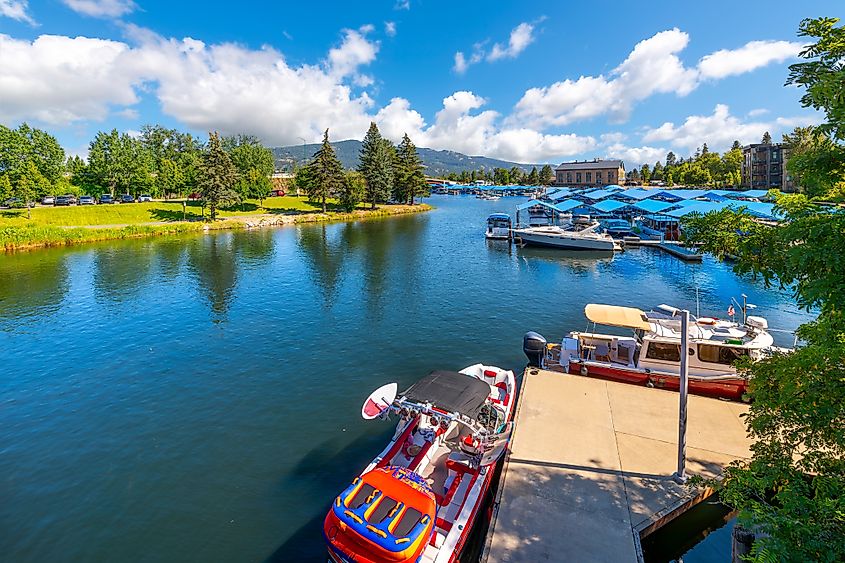
Lake Pend Oreille, Idaho's largest lake and the fifth-deepest in the United States, combines oceanic depths with classic Pacific Northwest scenery. This 43-mile-long glacial lake plunges to 1,152 feet, filling a steep Purcell Trench carved by ice and shaped by the ancient Missoula Floods. Fed mainly by the Clark Fork River and ringed by national forests, its mostly undeveloped shoreline is home to moose, elk, bears, bald eagles, and migrating waterfowl. The lake's exceptional depth and quiet acoustics also support a hidden role: a U.S. Navy acoustic research range that tests next-generation submarine technologies beneath its calm surface.
6. Lake Clark - 1,056 ft
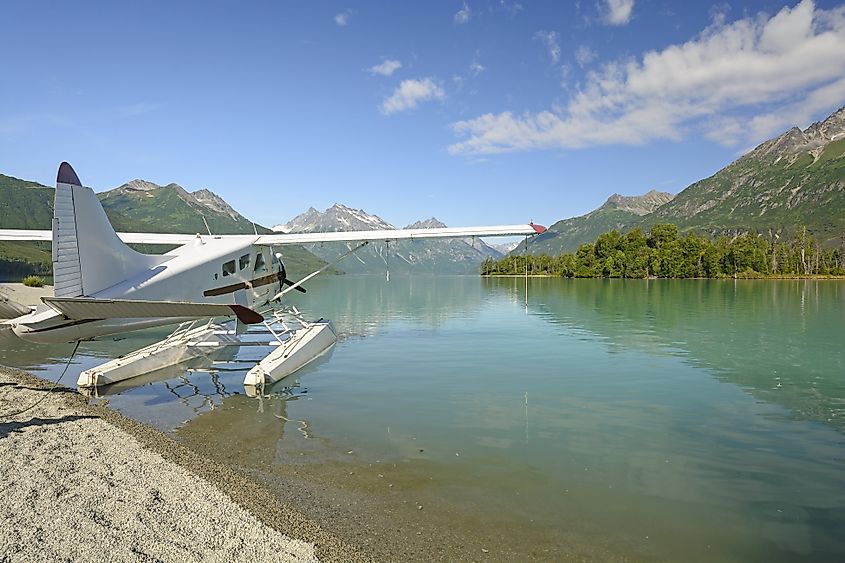
Remote Lake Clark in southwest Alaska is both one of America's deepest lakes and the truly wild heart of Lake Clark National Park and Preserve. This long, glacial lake stretches about 40 miles between steep, glacier-carved mountains and plunges to roughly 1,056 feet (322 m), making it the deepest lake in Alaska and among the ten deepest in the United States. Fed by icy rivers and draining toward Iliamna Lake, it supports huge runs of sockeye salmon that in turn feed brown bears, wolves, and bald eagles. With no road access, most visitors arrive by floatplane to nearby Port Alsworth.
7. Iliamna Lake - 988 ft

Alaska's Iliamna Lake is the state's largest lake and one of the deepest in the United States, plunging to 988 feet (301 m). Spanning roughly 1,000 square miles in southwest Alaska, it drains via the Kvichak River into Bristol Bay and serves as a crucial nursery for the world's largest run of sockeye (red) salmon. The cold, oligotrophic waters support prized rainbow trout, grayling, and salmon fisheries, drawing anglers from around the world. Iliamna is also home to one of the few known populations of freshwater harbor seals and a long-running local legend about a mysterious "lake monster."
8. Lake Tustumena - 950 ft

Remote and windswept Tustumena Lake, on Alaska's Kenai Peninsula, earns its place among the 10 deepest lakes in the United Stateswith a maximum depth of about 950 feet. Carved and fed by Tustumena Glacier and numerous creeks, this long, narrow lake sprawls over roughly 73,000 acres yet has no direct road access; visitors typically reach it via the Kasilof River. Most of the shoreline lies within the Kenai National Wildlife Refuge, known for big-game hunting and the Tustumena 200 sled-dog race. Powerful glacier winds and sudden waves make this wild, scenic lake notoriously hazardous to small boats.
9. Lake Michigan - 923 ft
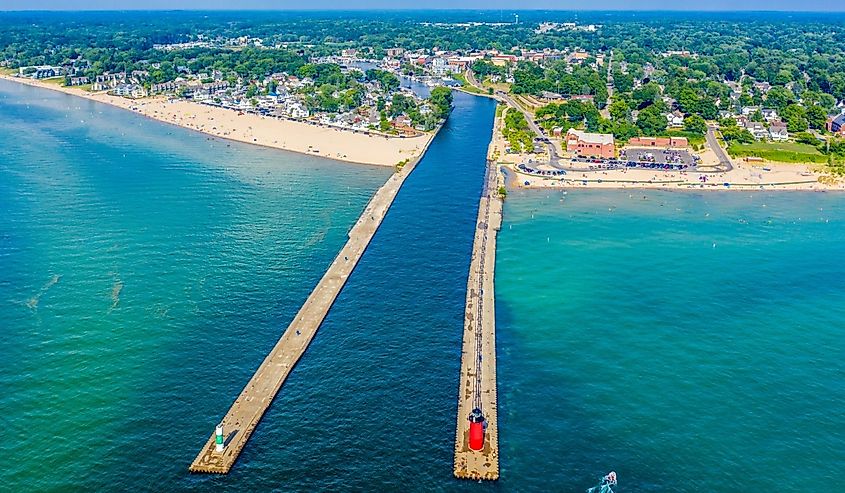
Lake Michigan is the only Great Lake located entirely within the United States, bordered by Wisconsin, Illinois, Indiana, and Michigan. Formed by glacial activity, it reaches a maximum depth of 923 feet and holds the second-largest volume of any Great Lake. Hydrologically joined to Lake Huron via the Straits of Mackinac, it helps create the world's largest freshwater lake system by surface area. Its shores host major cities like Chicago and Milwaukee, vast freshwater sand dunes, busy shipping lanes, and beloved beach towns. Lake Michigan also supplies drinking water, supports important fisheries, and anchors a booming tourism and recreation economy.
10. Lake Kauhako - 814 ft
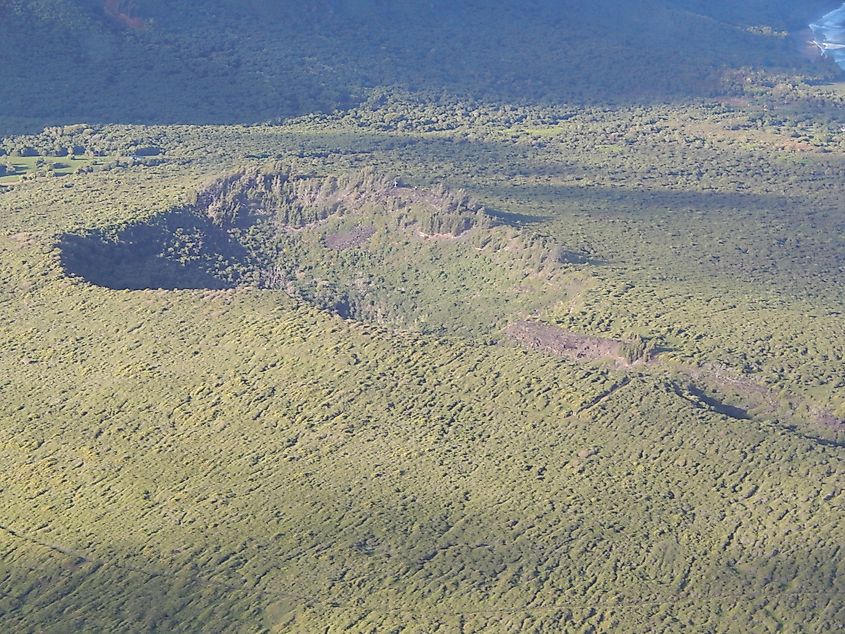
Hidden inside Molokaʻi's remote Kalaupapa Peninsula, Kauhakō Crater holds one of the strangest lakes in the United States. Lake Kauhakō plunges 814 feet (248 m) deep while remaining only about 160 feet (50 m) across, giving it the world's greatest depth-to-surface-area ratio and making it the tenth deepest lake in the US. Formed 230,000-300,000 years ago by eruptions of the Puʻu ʻUao volcano, the funnel-shaped crater rises 500 feet above sea level and is cloaked in forest. In 2011, a rare overturn event released hydrogen sulfide, stripping oxygen from the water and temporarily wiping out shrimp and plankton.
Depth, it turns out, is less about bragging rights than about perspective. This top-ten mixes national parks and navy test ranges, Indigenous homelands and industrial heartlands, vast inland seas and a Hawaiian pinpoint you could almost jump across. Measured only by a single deepest point, the list is both precise and incomplete, like any ranking. The real question is: which of these lakes now feels different to you to think about?


